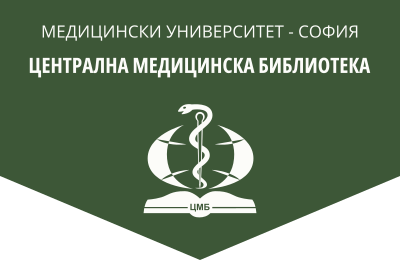The many faces of low back pain
Bulgarian Medical Journal, 2024, 18(4), 58-68.
G. Georgiev
Clinic of Physical and Rehabilitation Medicine, Military Medical Academy ‒ Sofia
Abstract. Lower back pain (LBP) is the most common syndrome in primary healthcare and the leading cause of disability worldwide. Around 60-80% of the global population experiences LBP at least once in their lifetime. Its prevalence increases with age, peaking between 45-49 years. Women are more frequently affected, and Western Europe registers the broadest age range of LBP cases. The significant economic costs associated with LBP exceed $100 billion annually, emphasizing the urgent need for strategies to prevent these disorders and their consequences. More efforts and attention are urgently required to curb this growing burden and its impact on the healthcare and social systems. Lower back pain is a syndrome caused by various abnormalities and diseases. There are three different sources of LBP: axial-lumbosacral, radicular, and referred pain, each presenting distinct clinical signs. LBP can be classified as acute, subacute, or chronic. Common causes of acute LBP include osteoporotic fractures of the vertebra or pelvis and abdominal aortic aneurysms. Common causes of chronic or subacute LBP include degenerative disc and joint diseases, malignancies, fibromyalgia, polymyalgia rheumatica, Parkinson’s disease, Paget’s disease, or diffuse idiopathic skeletal hyperostosis. Physicians must be aware of „red flags“ and symptoms that indicate more serious conditions. Managing LBP involves various methods, both pharmacological and rehabilitative. Diagnosis often requires a multidisciplinary approach. It is crucial for general practitioners to properly identify and treat LBP to reduce the disease burden and prevent disabilities caused by the condition.
Key words: low back pain, natural history, epidemiology, prevalence, risk factors, Global Burden of Disease Study
Address for correspondence: Prof. Georgi Georgiev, MD, Dsc, e-mail: georgi.tz.georgiev@gmail.com
